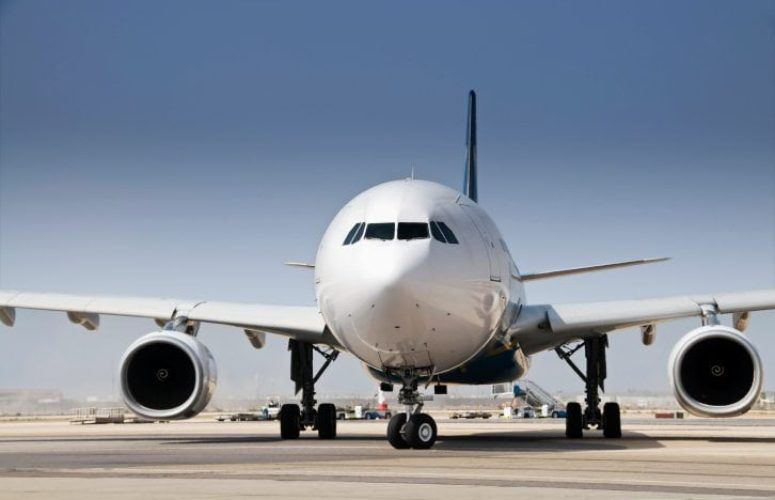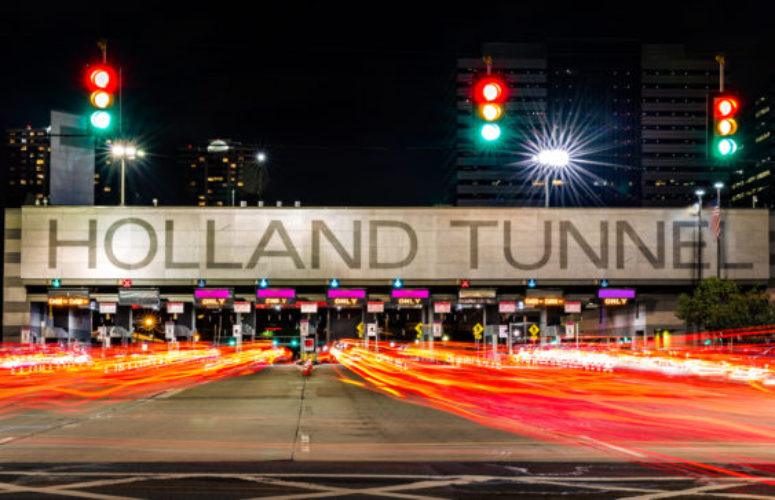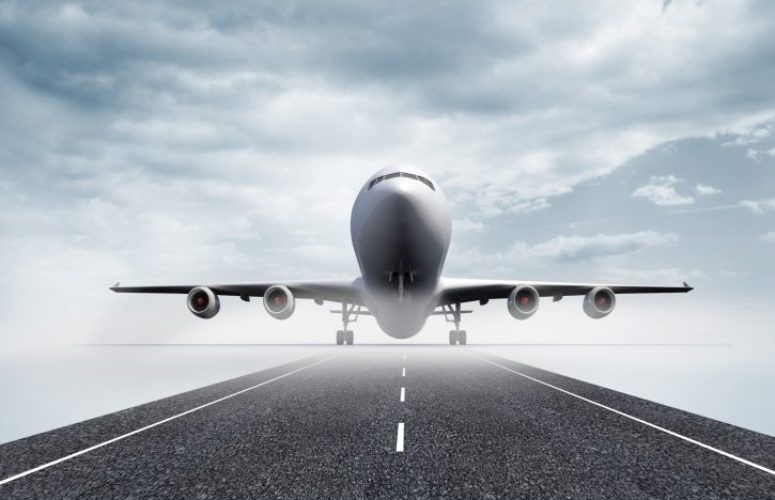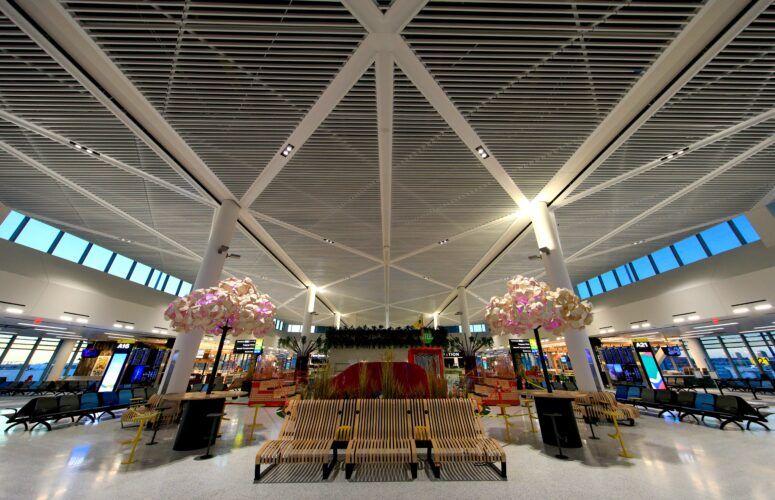
Port Authority Airports Set New Passenger Record in 2014
On Jan 28, 2015More than 117 million estimated passengers traveled through Port Authority airports in 2014, surpassing the record set in the prior year by more three million fliers – or a roughly 3 percent jump.
Preliminary data shows an estimated 117.1 million passengers used John F. Kennedy International, Newark Liberty International, LaGuardia, Stewart International and Atlantic City International airports during 2014, with final official numbers expected later this quarter.
The increase in passenger traffic fuels regional economic growth, with an estimated additional 4,000 jobs and $700 million in economic benefits whenever another million fliers are added to the airports’ ranks.
Overall, passenger growth primarily was driven by international travel, which rose 6 percent, while domestic growth showed a 1.5 percent increase. Systemwide, there were an estimated 75.2 million domestic and 41.9 million international fliers – both new agency records.
John F. Kennedy International Airport led the way with a record estimated 53.2 million passengers, while LaGuardia also set an airport high with 26.9 million travelers last year. Newark Liberty set another record with 11.7 million international passengers.
“These robust, record airline passenger travel numbers support the Port Authority’s plans to invest over $8 billion dollars to modernize its airports over the coming decade,’’ said Port Authority Executive Director Pat Foye. “Our gateway airports are major economic engines for the region, and an important source of job creation.”
“Growth in passenger use of our airports is critical to the region’s economic health and the Port Authority will continue to make the investments necessary to keep travelers coming to New Jersey and New York,’’ said Port Authority Deputy Executive Director Deb Gramiccioni. “State-of-good-repair and robust modernization programs will remain a priority at all our commercial airports.”
“As two major regional airports are located in Queens County, we couldn’t be more thrilled to see this tremendous growth in passengers traveling through our borough,” said Queens Chamber of Commerce Executive Director Jack Friedman. “Increased passenger traffic not only is a sign of our growing tourism industry, but has a positive, direct economic impact on businesses in the area. Each incremental passenger represents a new opportunity for a local restaurant, hotel, retailer or transportation company to increase revenues and customers.”
“We congratulate the Port Authority and Newark Liberty Airport for an outstanding year,” said New Jersey State Chamber of Commerce President Thomas Bracken. “Their hard work and capital investments have generated a record number of passengers and we are pleased that their investments will continue, benefiting the State of New Jersey and our economy.”
“The passenger records at JFK, LaGuardia and Newark airports confirm what we all know — that air travel has bounced back quickly from the recession, and that the region benefits from this growth,’’ said Regional Plan Association President Tom Wright. “More passengers traveling in and out of our airports means more jobs and opportunity for all of us. But in the long run, we can’t sustain the growth in passenger volumes without significantly increasing capacity at our airports, from modernizing our air traffic control to improving airport access to building runways, terminals and gates on the ground.”
Port Authority officials caution, however, that continued passenger growth must be tied to continued reform of FAA airline airport slot limitations – which place an artificial cap on how many planes can use the three major airports per hour and per day. Although the region continues to attract interest for more passenger travel, the current Federal Aviation Administration slot rules will not allow the forecasted passenger growth at the New York and New Jersey airports to be accommodated.
“The New York metropolitan area has the ability to remain a global competitor in aviation travel,” said Kathryn S. Wylde, president and CEO of the Partnership for New York City. “Our competitiveness is seriously undermined if we do not remove the artificial barriers imposed by the FAA governing slots. These caps are exerting a real impact on consumers and the regional economy.”
The Port Authority’s airports combined support more than 550,000 jobs, nearly $80 billion in annual economic activity and more than $28 billion in yearly wages.
Understanding that airline flights create noise impacts on surrounding communities, the Port Authority in 2014 also began community noise roundtables to address aircraft noise issues at JFK, LaGuardia and Newark Liberty Airports (Teterboro Airport has an existing group.). The agency also is in the process of conducting federal Part 150 noise studies for all four airports to help find ways with the Federal Aviation Administration to alleviate some of these issues.
Along with the roundtables and Part 150 studies, the Port Authority implemented a flight tracking system on the agency’s website so residents can monitor aircraft and specific decibel levels along flight paths over their communities, increased staffing to handle noise complaints, and committed to doubling the number of noise monitors around the airports.
The Port Authority has more than 100 state-of-good-repair aviation projects as part of the current 10-year Capital Plan, which overall dedicates $8 billion to airport improvements, a figure supplemented by billions more in planned investment by the airlines and our other airport partners.
Over the past year, a major runway rehabilitation project was completed at Newark Liberty International Airport and United Airlines overhauled concessions at that airport’s Terminal C. JetBlue Airlines also opened an international arrivals hall at JFK’s Terminal 5, while Delta Airlines recently opened new gates in phase two of its expansion at JFK’s Terminal 4.
Meanwhile, the Port Authority continues its efforts to re-imagine LaGuardia Airport with a new substation and parking deck as preludes to the planned, $3.6 billion public-private partnership to create a new Central Terminal Building, designed to accommodate the growth of passengers there over the coming decades.
Related Articles:





